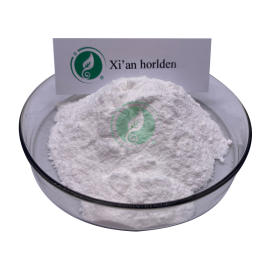Analyze how corn adapts to the environment
-
Last Update: 2021-03-16
-
Source: Internet
-
Author: User
Search more information of high quality chemicals, good prices and reliable suppliers, visit
www.echemi.com
Recently, the Quantitative Genetic Innovation Research Group of the Crop Science Research Institute of the Chinese Academy of Agricultural Sciences, in collaboration with the International Maize and Wheat Improvement Center of Mexico, analyzed nearly a thousand maize genomes using high-volume sequencing technology and the global meteorological environmental factor system to reveal the biological process of natural selection and adaptation of maize in the process of evolution and transmission. The findings were published online in Molecular Ecology.
corn originated in southern Mexico 9,000 years ago and was brought back to Europe by Columbus after spreading across the American continent, becoming one of mankind's major food crops. In the process of transmission, through different temperature, thermal radiation, rainfall and other climatic environment screening, corn still "survived." However, studies suggest that global warming will lead to a sharp reduction in maize production, which could shrink by 25 per cent by 2050, put enormous pressure on the maintaining of genetic diversity.
The researchers systematically analyzed 1,143 large herring, tropical corn endethy varieties, tropical corn self-intersecting and temperate maize self-intersecting from 20 countries using feature-wide genomic association analysis, and found 13 selected genomic intervals, 10 of which were first discovered;
the multi-gene adaptation model of corn is also proposed, which enriches the understanding of the effect of environmental change on corn adaptability. Using this model to better identify adaptive points and predict esope variation is of great significance for analyzing the genetic basis of crop adaptability and developing new varieties. (Source: Li Chen, China Science Journal)
relevant paper information:
This article is an English version of an article which is originally in the Chinese language on echemi.com and is provided for information purposes only.
This website makes no representation or warranty of any kind, either expressed or implied, as to the accuracy, completeness ownership or reliability of
the article or any translations thereof. If you have any concerns or complaints relating to the article, please send an email, providing a detailed
description of the concern or complaint, to
service@echemi.com. A staff member will contact you within 5 working days. Once verified, infringing content
will be removed immediately.







